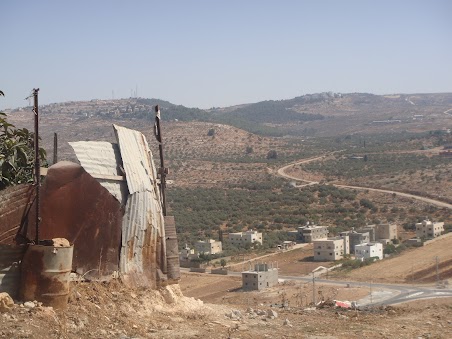Tag: Askar Refugee Camp
-
A story from Balata refugee camp
22nd July 2014 | International Solidarity Movement, Nablus team | Balata, Occupied Palestine The Abu Leel family are refugees, who fled from Haifa to Balata refugee camp in Nablus in 1948. Asma Alshmeer gave birth to 10 healthy children, five of whom have been killed by the Israeli military. The first was killed when he…
-
Movements restricted for Askar refugee camp
by Eva Smith 16 September 2012 | International Solidarity Movement The main street from Askar Refugee Camp leading to Nablus is closed off three times every week by the Israeli army as around 1,000 illegal settlers make their way to “Joseph’s Tomb.” Each time, the street is closed for up to seven hours, leaving the…
-
Askar Refugee Camp: “Our dream is to visit Jerusalem”
By Hakim Maghribi 21 July 2012 | International Solidarity Movement, West Bank A short distance from Nablus one finds the community of Askar camp. What appears as a suburb or cut-off of the city, is actually a refugee camp. Established in 1964, it today houses some 6,000 people in 1 square kilometre. The inhabitants are…


